15 Fascinating Facts About Earthworms You Might Not Know
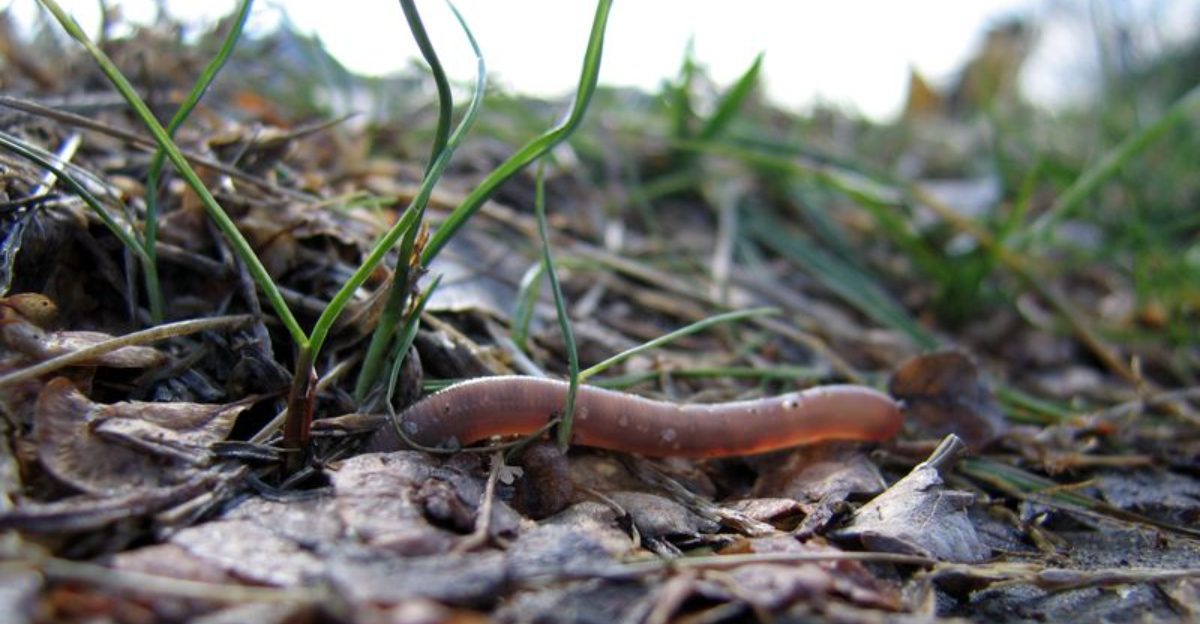
Beneath our feet lies a hidden world of one of nature’s most underappreciated creatures – the humble earthworm.
While they might seem simple at first glance, these wriggly soil-dwellers are actually incredible ecological engineers with surprising abilities. From their unusual anatomy to their vital environmental roles, earthworms are far more fascinating than most people realize.
1. Earthworms Have No Eyes
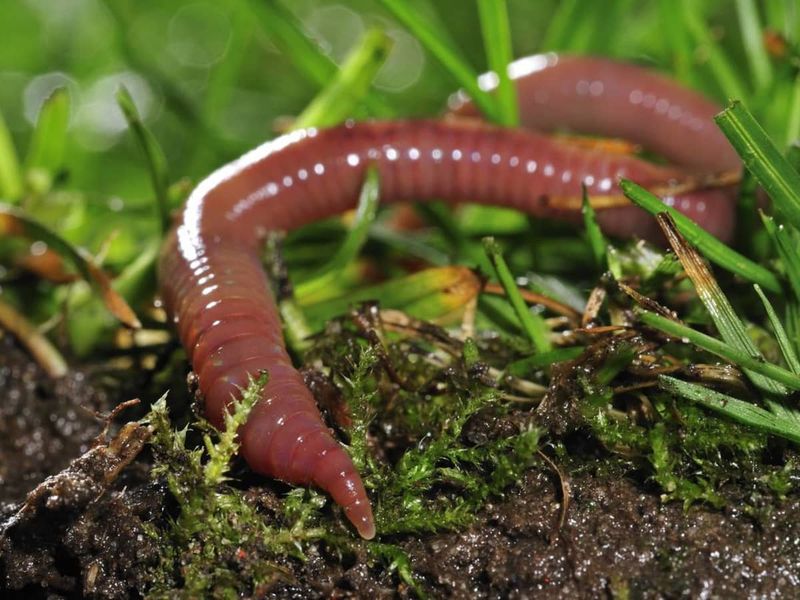
Despite navigating complex underground networks, earthworms lack traditional eyes. Instead, they rely on specialized light-sensitive cells scattered across their bodies to detect brightness changes.
Their skin contains touch receptors that help them sense obstacles and vibrations in the soil. This simple yet effective sensory system has helped them thrive for millions of years!
2. Earthworms Can Regenerate Lost Segments
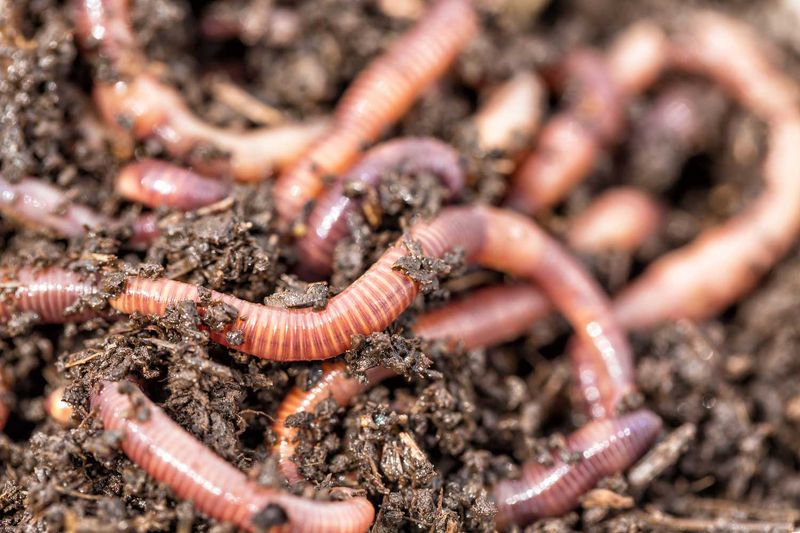
Slice an earthworm in half, and you might end up with two worms! Well, sort of. The head portion can often regrow a new tail if cut behind the clitellum (that thicker band).
This remarkable healing ability helps them survive predator attacks and accidents. Some species can regenerate significant portions of their bodies, making them nature’s own repair experts!
3. Earthworms Are Hermaphrodites
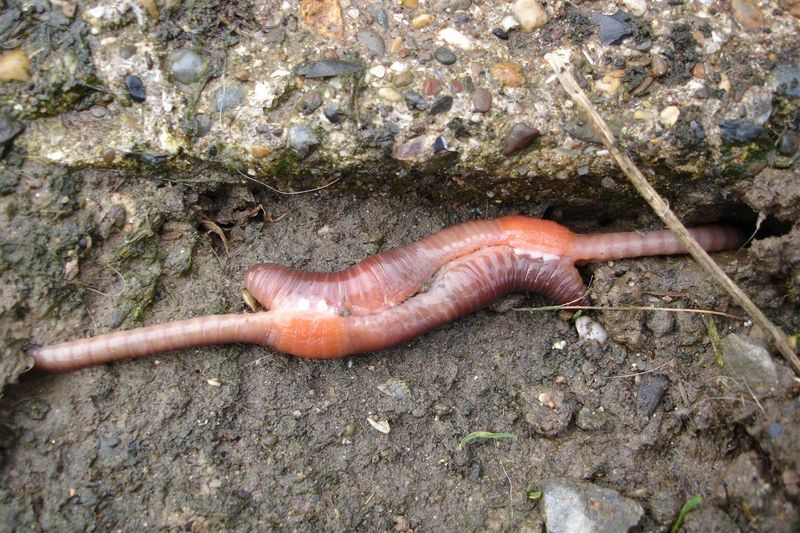
Talk about relationship goals! Each earthworm possesses both male and female reproductive organs, making them hermaphrodites. When mating, two worms exchange sperm in a mutual transaction.
After mating, each worm produces an egg cocoon that eventually hatches into baby worms. This reproductive flexibility increases their chances of successful breeding in varying environmental conditions.
4. Earthworms Have A Very Simple Brain
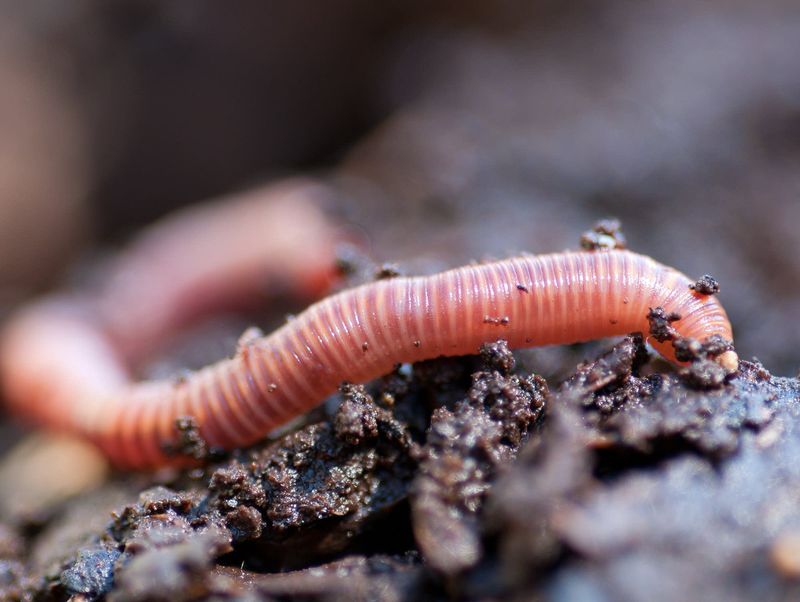
Who needs a complex brain? Earthworms operate with a basic nerve center called a cerebral ganglion, essentially a primitive brain.
Connected to a ventral nerve cord running along their body, this simple system allows them to respond to stimuli like light, vibrations, and chemicals. Remarkably, an earthworm can still function for days even if its head segment is removed!
5. They Are Key To Soil Health
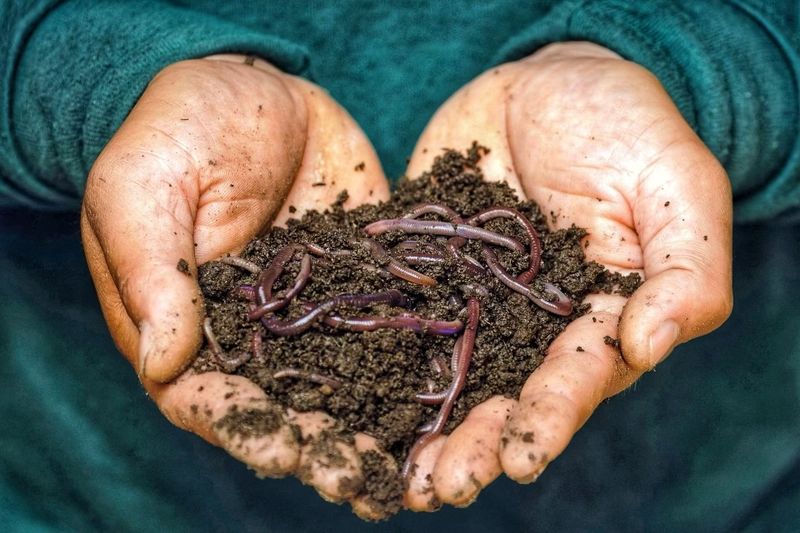
Charles Darwin called them “nature’s plows” for good reason! As earthworms tunnel through soil, they create channels that allow water and air to reach plant roots.
Their constant movement mixes organic matter throughout different soil layers. One acre of land can contain over a million earthworms, collectively processing tons of soil annually and dramatically improving its fertility and structure.
6. Earthworms Have Five Hearts

Unlike our single heart, earthworms boast five pairs of aortic arches that function similarly to hearts. These specialized blood vessels pump blood throughout their long, segmented bodies.
Located near the worm’s head, these “hearts” ensure oxygen reaches all parts of their body. You can sometimes see them pulsing through an earthworm’s translucent skin if you look very closely!
7. They Can Live For Over 6 Years In Ideal Conditions

Most people assume earthworms have short lifespans, but they’re surprisingly long-lived! Under perfect conditions, some species can survive 6-8 years.
Factors like soil quality, moisture, temperature, and predation greatly influence their longevity. Laboratory specimens have been documented living even longer than their wild counterparts, with some reaching a decade!
8. Earthworms Are Found On Every Continent Except Antarctica
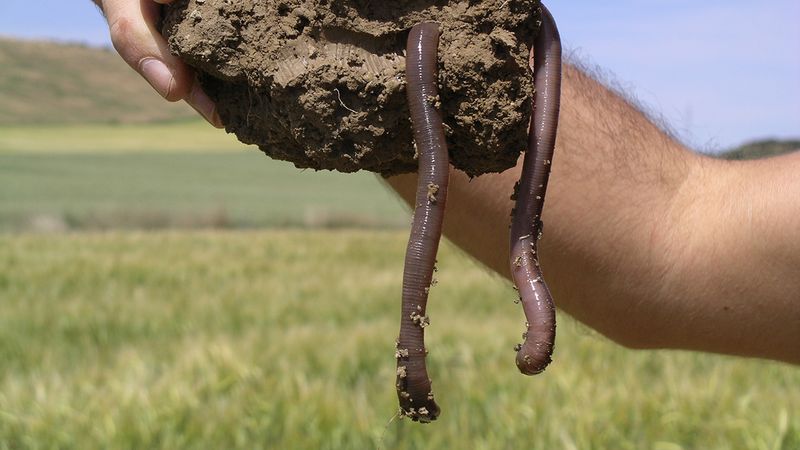
Global travelers indeed! Earthworms have conquered nearly every terrestrial ecosystem on Earth except the frozen Antarctic.
Over 7,000 species exist worldwide, adapting to environments from tropical rainforests to temperate woodlands. Some invasive species have even hitchhiked across oceans on plant roots, dramatically altering ecosystems where they weren’t naturally present!
9. Earthworms Can Consume Up To Half Their Body Weight In A Day
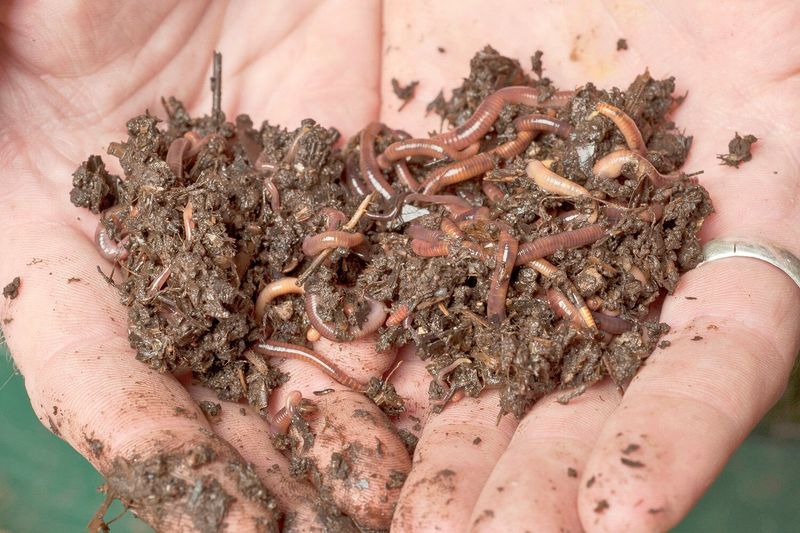
Voracious eaters with tiny mouths, earthworms can devour up to half their body weight daily! They pull leaves and organic debris into their burrows, breaking down material that would otherwise take years to decompose.
Their digestive system enriches everything that passes through it. A single worm can process several tons of soil during its lifetime, significantly accelerating nature’s recycling process.
10. They Don’t Have Lungs But Breathe Through Their Skin

Forget lungs—earthworms breathe directly through their moist skin! Oxygen dissolves in the mucus coating their bodies and diffuses into their bloodstream.
This unique respiratory system explains why worms surface during heavy rains. Waterlogged soil doesn’t contain enough oxygen, forcing them above ground. Their skin must remain damp to breathe, yet too much water can cause them to drown!
11. Earthworms Communicate Using Vibrations
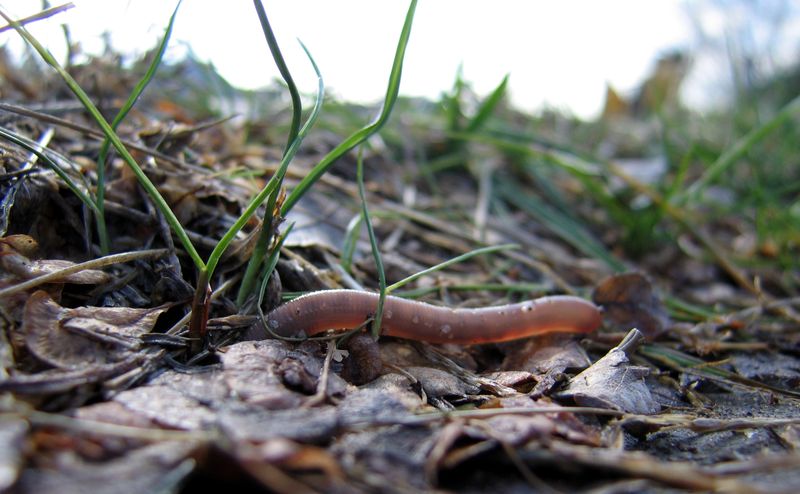
Silent communicators, earthworms create and respond to subtle vibrations traveling through soil. They can detect footsteps from yards away, explaining why gardeners rarely see them until digging begins.
During mating, certain species produce distinct vibration patterns to attract partners. Research suggests they may even use these signals to warn other worms about dangers or favorable conditions nearby!
12. They Contribute To Carbon Sequestration
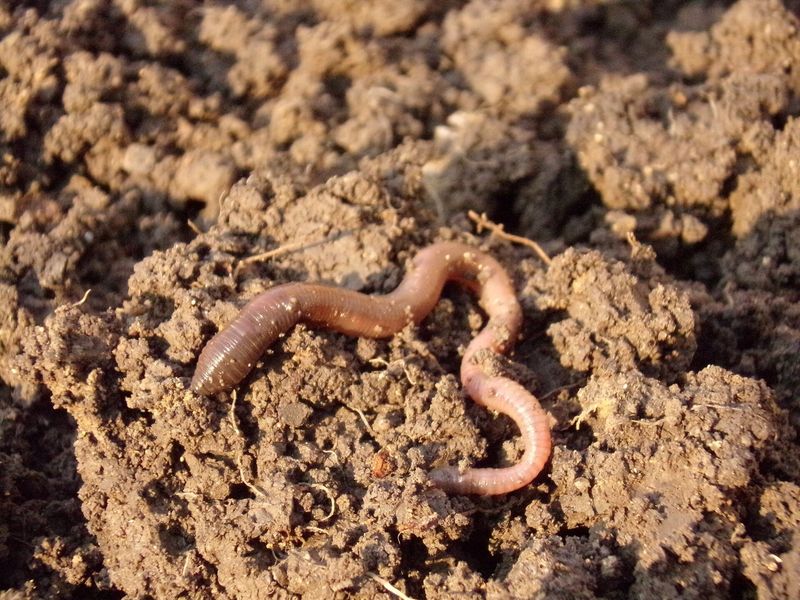
Climate change fighters in disguise! Earthworms play a crucial role in carbon sequestration by consuming organic matter and incorporating it deeper into soil layers.
Their castings stabilize carbon compounds that might otherwise release into the atmosphere as greenhouse gases. Scientists estimate earthworm activity could help lock away millions of tons of carbon annually, making these humble creatures unexpected allies in climate regulation.
13. Earthworms Can Travel Underground For Over 3 Feet In A Single Day
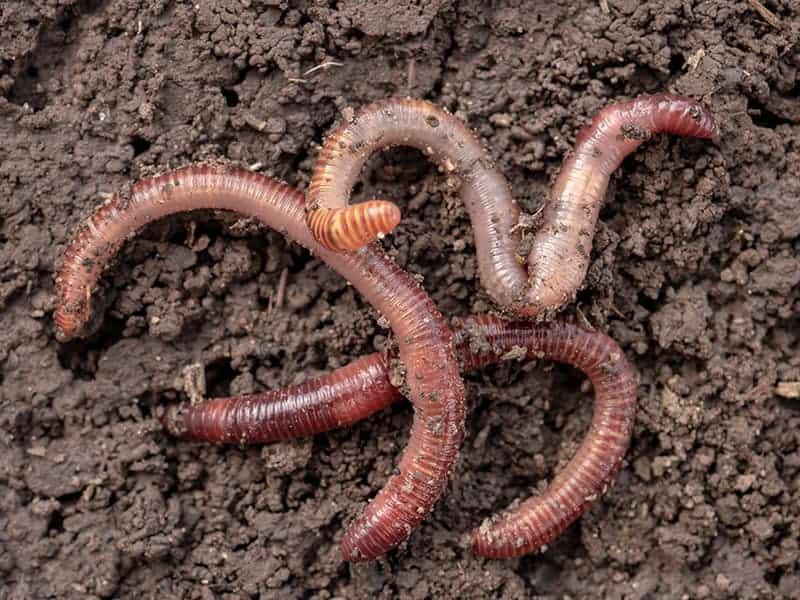
Surprising speed demons of the soil world! Earthworms can tunnel more than three feet in a single day when conditions are right.
They create elaborate burrow networks extending both horizontally and vertically through the soil profile. Some deep-burrowing species can dig down six feet or more, creating permanent tunnels that last for years and serve as highways for water and plant roots.
14. They Have A Strong Impact On Plant Growth

Green thumbs? More like wriggly bodies! Plants growing in earthworm-rich soil show up to 25% better growth rates than those in worm-free environments.
As worms tunnel, they create pathways for roots to follow while depositing nutrient-rich castings along the way. Their movement also breaks up compacted soil, allowing tender roots to penetrate deeper and access previously unavailable water reserves.
15. Earthworm Castings Are Highly Fertile

Gardeners call them “black gold” for good reason! Earthworm castings contain 5-11 times more nitrogen, phosphorus, and potassium than the surrounding soil.
These nutrient-packed pellets also host beneficial microbes that suppress plant diseases. A single acre of land can contain worms producing over 700,000 pounds of castings annually—nature’s premium fertilizer factory working silently beneath our feet!






